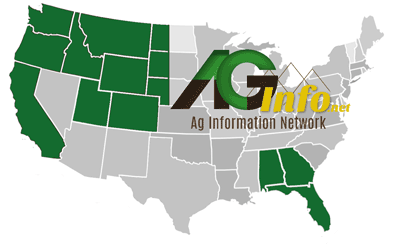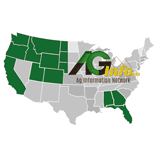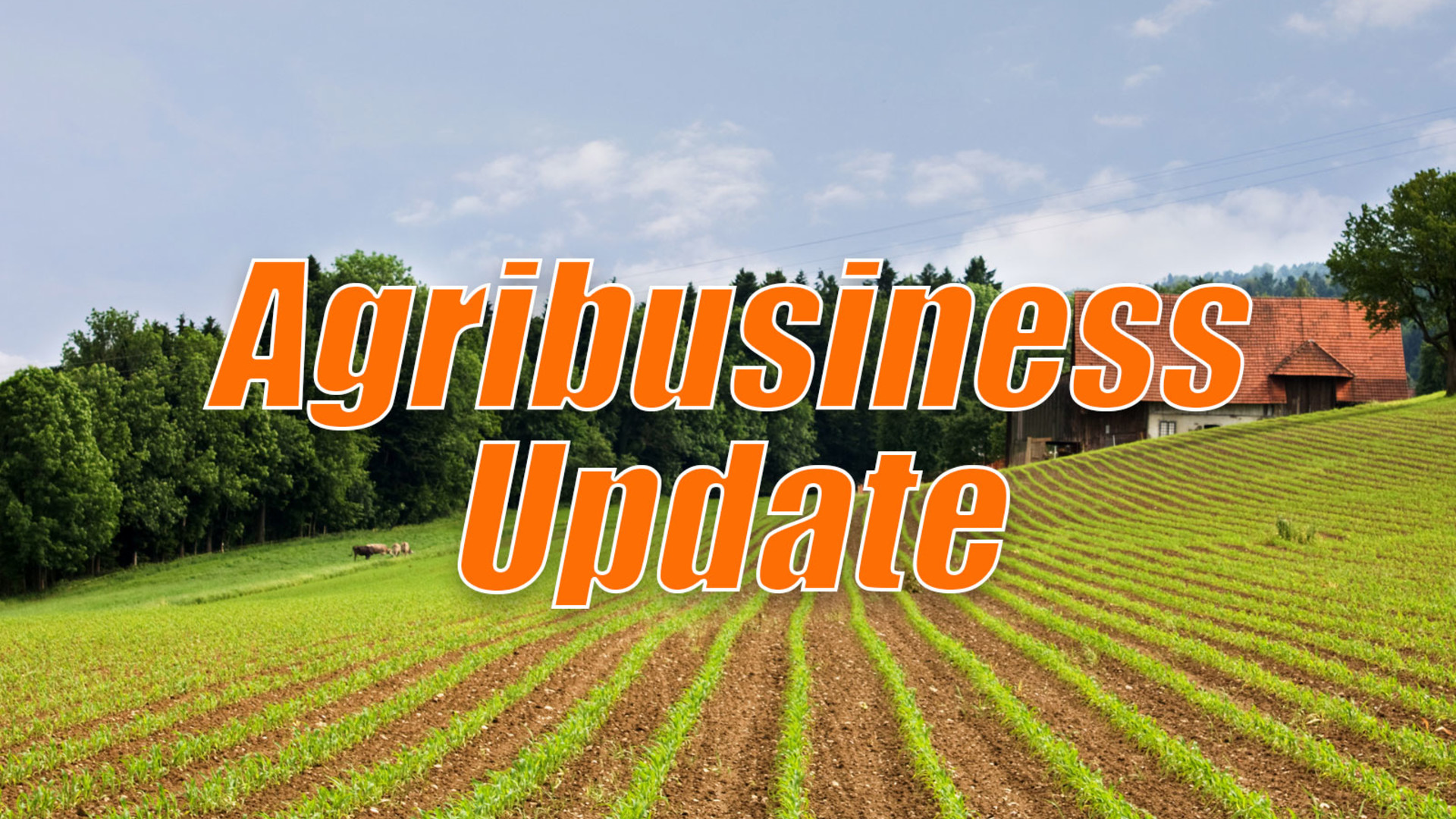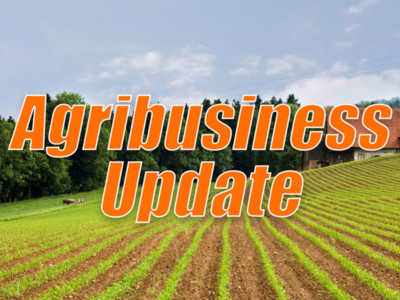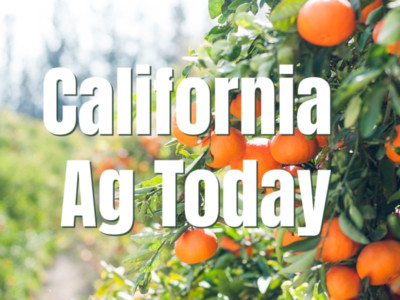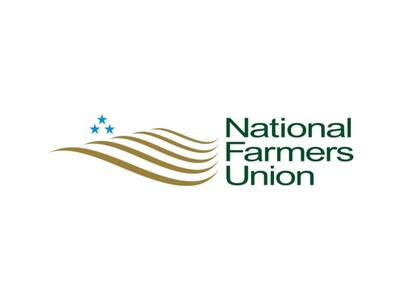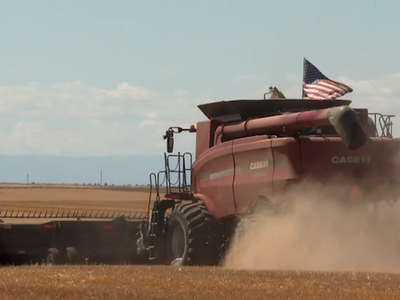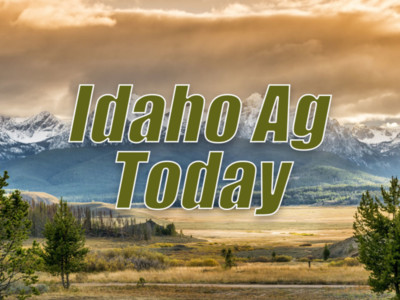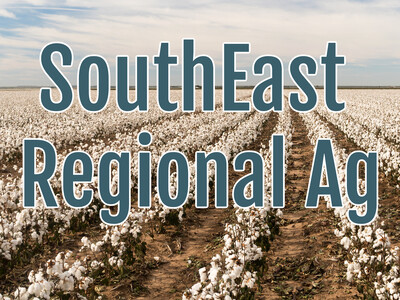WSDA Invasive Pest Trapping and USDA Future Farm Expenses
From the Ag Information Network, this is your Agribusiness Update.**The Washington State Department of Agriculture has wrapped this year’s trapping for invasive pests.
After last year’s decline, Japanese beetle numbers were higher with over 26,000 caught, up from just under 20,000 last year.
Spongy moth trapping saw a significant decline with just 32 caught, compared to over 100 last year.
And, WSDA has not yet been able to find the ONLY suspected Northern Giant Hornet reported this year near Port Orchard in October.
www.morningagclips.com/japanese-beetles-increase-spongy-moths-decrease-in-annual-trapping/
**Members of the National Cattlemen’s Beef Association and Public Lands Council testified before the House Natural Resources Subcommittee.
They supported legislation to expand the use of livestock grazing as a tool to reduce wildfire risk, make grazing permits more responsive to range conditions, and remove regulatory barriers.
The bills work together to protect the beautiful landscapes across the West and support ranchers who drive the economic success of rural communities.
**The USDA’s Farm Labor Report, released November 20, offers a glimpse into the future of farm expenses.
The Department of Labor uses the “field and livestock workers’ combined” wage rate reported in the November Farm Labor Report to establish most H-2A workers’ minimum wage, known as the Adverse Effect Wage Rate.
This year, the combined field and livestock worker wage rate nationally is $18.12, up 3.2 percent from last year.
